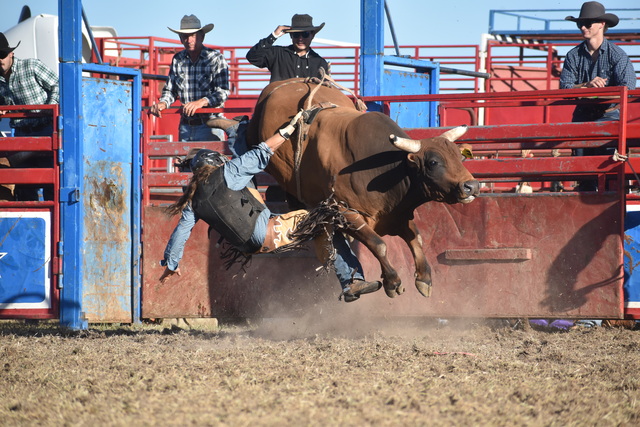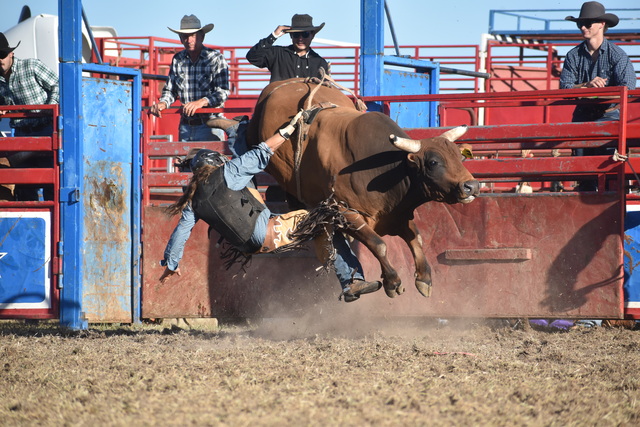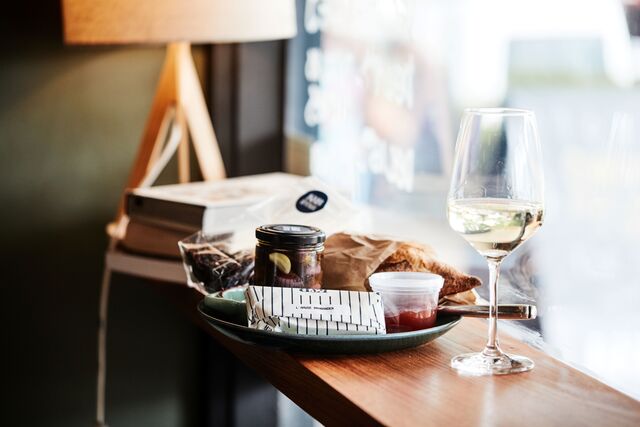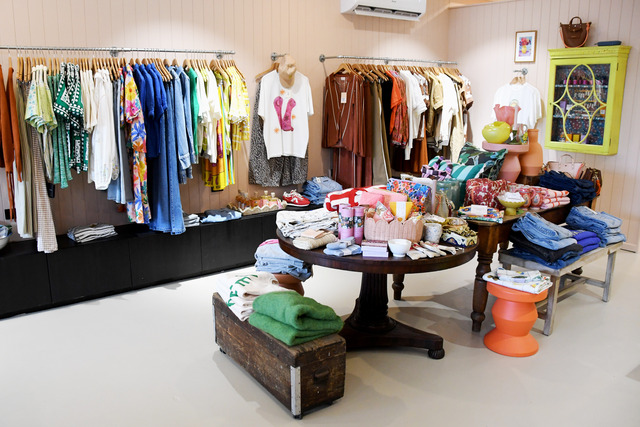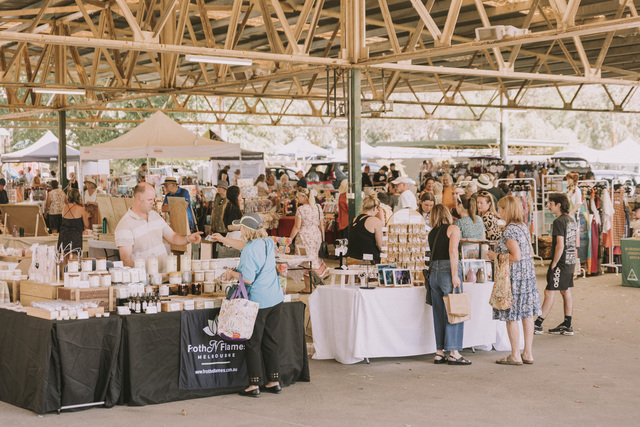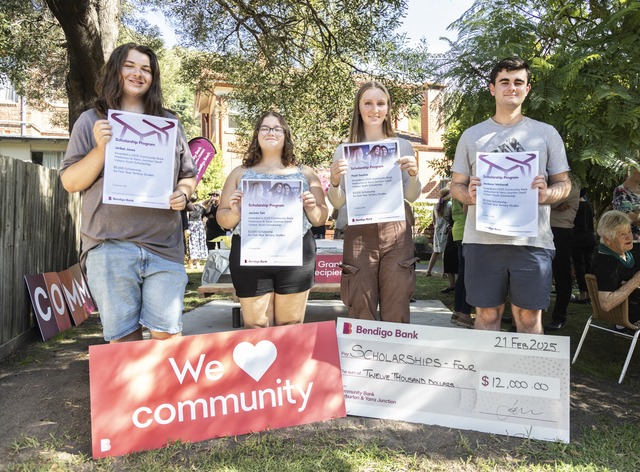After the 2025 Yarra Valley Rodeo was successfully held, a national animal welfare federation raised a concern about the event.
Royal Society for the Prevention of Cruelty to Animals (RSPCA) is worried about animal welfare at rodeo and its impacts on children.
RSPCA Australia senior scientific officer Dr Di Evans has worked in the agriculture sector for over 20 years as well as in animal welfare for over 25 years.
Dr Evans said animals suffer from both physical and mental harm due to rodeo.
“Rodeo events undoubtedly cause physical harm such as damage to muscles and ligaments and bruising of soft tissues, and this is especially the case with damage to the neck of calves when they’re lassoed,” she said.
“Bucking bulls are prone to leg fractures and bucking horses are spurred repeatedly, which undoubtedly causes pain and bruising.
“If you look at their mental impacts, animals experience fear, pain and stress, and this is clearly evident through their body language, their facial expressions and their behaviours.”
The RSPCA collaborated with the University of Sydney to assess the emotional state of calves used for rope and tie events.
One study found that calves who were just being chased showed signs that they were frightened, agitated, stressed and anxious.
A second study found that calves exhibit signs of distress in all of the phases of calf roping, including when chased and after the ropes are released.
Bellowing, which is a significant sign of pain and/or distress, was more likely to be displayed when the calf was lassoed or handled by the competitor.
“What’s important is that horses and cattle are prey animals, which means they mask signs of pain, and this is wired as a survival instinct so as not to attract the attention of predators,” Dr Evans said.
“A lot of people don’t think about that or realise that, so it’s easy to understand that people involved with or attending rodeos don’t think animals get physically hurt.”
Dr Evans said calf roping is one of the worst events at rodeos.
“The main reason why calf roping is the worst event is that some of these animals can be as young as four months of age,” she said.
“In a normal beef production system, they’d still be with their mums, but they’ve been weaned early which is extremely distressing for them.
“When a prey animal bellows, you know that the level of fear and stress is extreme, and we see them bellowing when they’re caught and forced to the ground by the rider.”
Australian Pro Rodeo Association (APRA) rebutted the RSPCA’s concerns.
APRA business and operations manager Melinda Walker said APRA took care of animal welfare at all rodeo events.
“The APRA has very strict animal welfare guidelines,” she said.
“We are also an approved rodeo organisation within Victoria, and we follow all the Victorian legislation for rodeos.”
Agriculture Victoria stipulates not only the legal requirements for rodeo operators but also information for participants on its website.
According to the legislation, rodeos can only be operated under a licence or permit issued by the Department of Energy, Environment and Climate Action (DEECA), and applications for a licence or permit can only be made by an Approved Rodeo Organisation (ARO), or person or body corporate that is accredited by an ARO.
It also sets out that permit and licence applicants must include an Animal Welfare Plan which includes: a description of the role or roles that any person employed to assist the applicant will undertake to monitor or discharge requirements under the POCTA Act and Regulations 2019; and a description of the reporting and communication processes that will be implemented by the applicant, and any person employed to assist the applicant, and the veterinary practitioner, to ensure compliance with the POCTA Act and Regulations 2019.
Licence and permit holders must ensure both they and the nominated vet are in attendance at all times when the rodeo is in progress as well as accept and implement the instructions of the vet in relation to the animals used at the rodeo.
Dr Evans claimed the relevant legislation has to be changed as it protects people, not animals.
“The situation is that rodeos have an exemption under animal welfare legislation to allow treatment that in other circumstances would be considered an act of cruelty, and without this exemption, rodeo organisers and participants would be liable to prosecution,” she said.
“The laws need to change to protect animals from harm. The ACT brought it right when they banned rodeos over 20 years ago.
“The other problem is some people think that because rodeos are legal, then the animals must be okay but this definitely is not the case.”
The RSPCA also asserts there’s a shift in community expectation as an increasing number of Australians are becoming aware and concerned about the suffering caused to animals in rodeos.
According to surveys conducted by McCrindle, the polling respondents in Australian urban and rural areas who were concerned or very concerned about the welfare of animals in rodeos increased from 52 per cent in 2015 to 67 per cent in 2022.
Dr Evans said it’s not possible to make rodeos humane given the inherent nature of the events and how the animals are treated.
“As it stands, none of the animals can avoid being forced into a shoot, to be chased lasso or to have a tight flank strap applied,” she said.
“Rodeos have been around for a long time, and when they first appeared, people didn’t think about what was happening to the animals, but we’re living in a different world today in terms of community expectations.
“There’s been a shift in community expectations and concerns but there have also been advances in animal welfare science that improve our understanding, especially in terms of fear, pain and stress. What may have been acceptable years ago is certainly not acceptable today.”
The RSPCA is also concerned that rodeos are promoted as family entertainment and the impact on children witnessing and often encouraged to cheer and clap at rodeos.
“With children cheering and clapping as they watch animals being abused for the sake of sport and entertainment, but they’re also encouraged to participate,” Dr Evans said.
“We need to teach children respect and compassion for all animals. Rodeos promote the opposite.”

